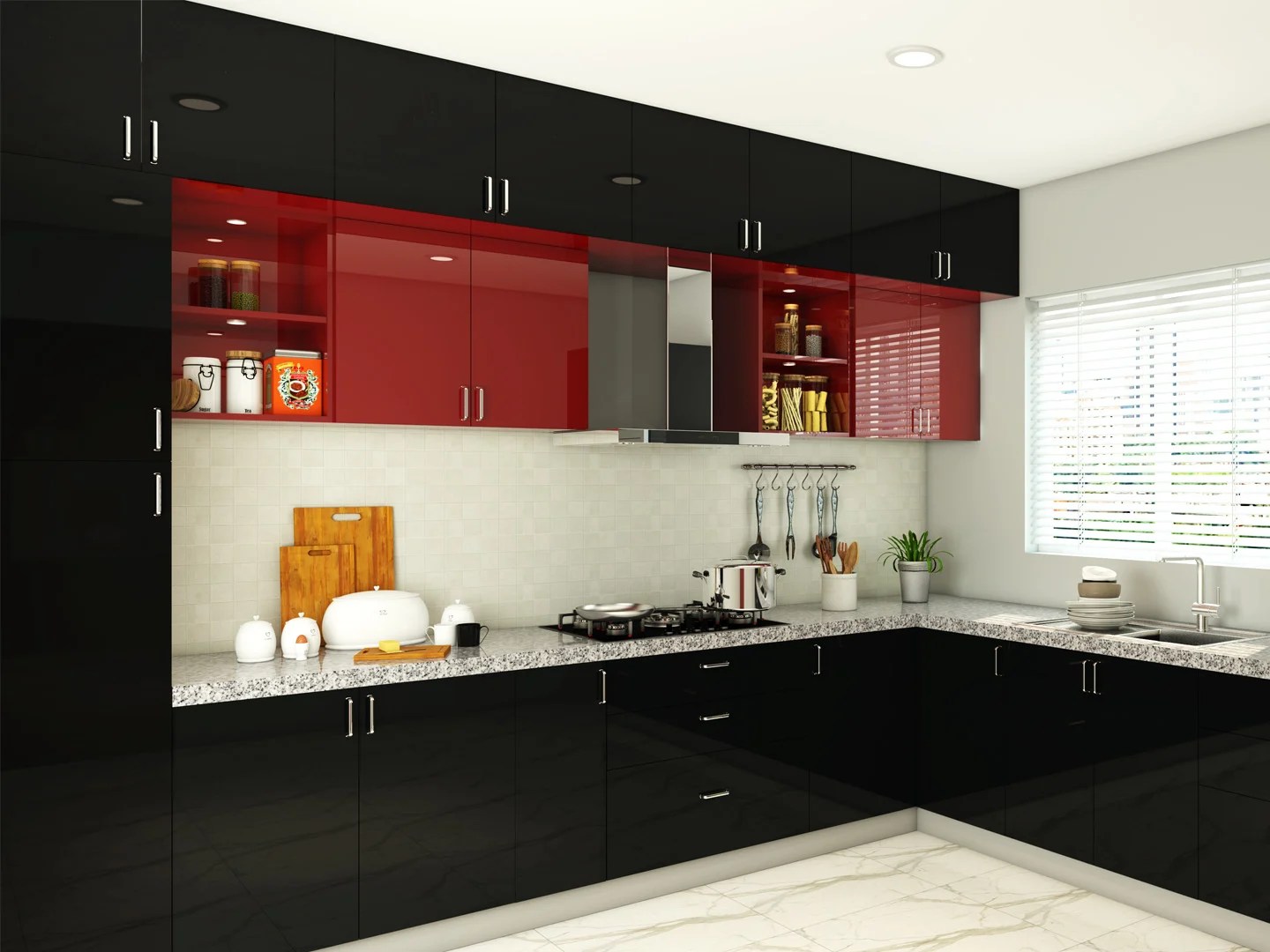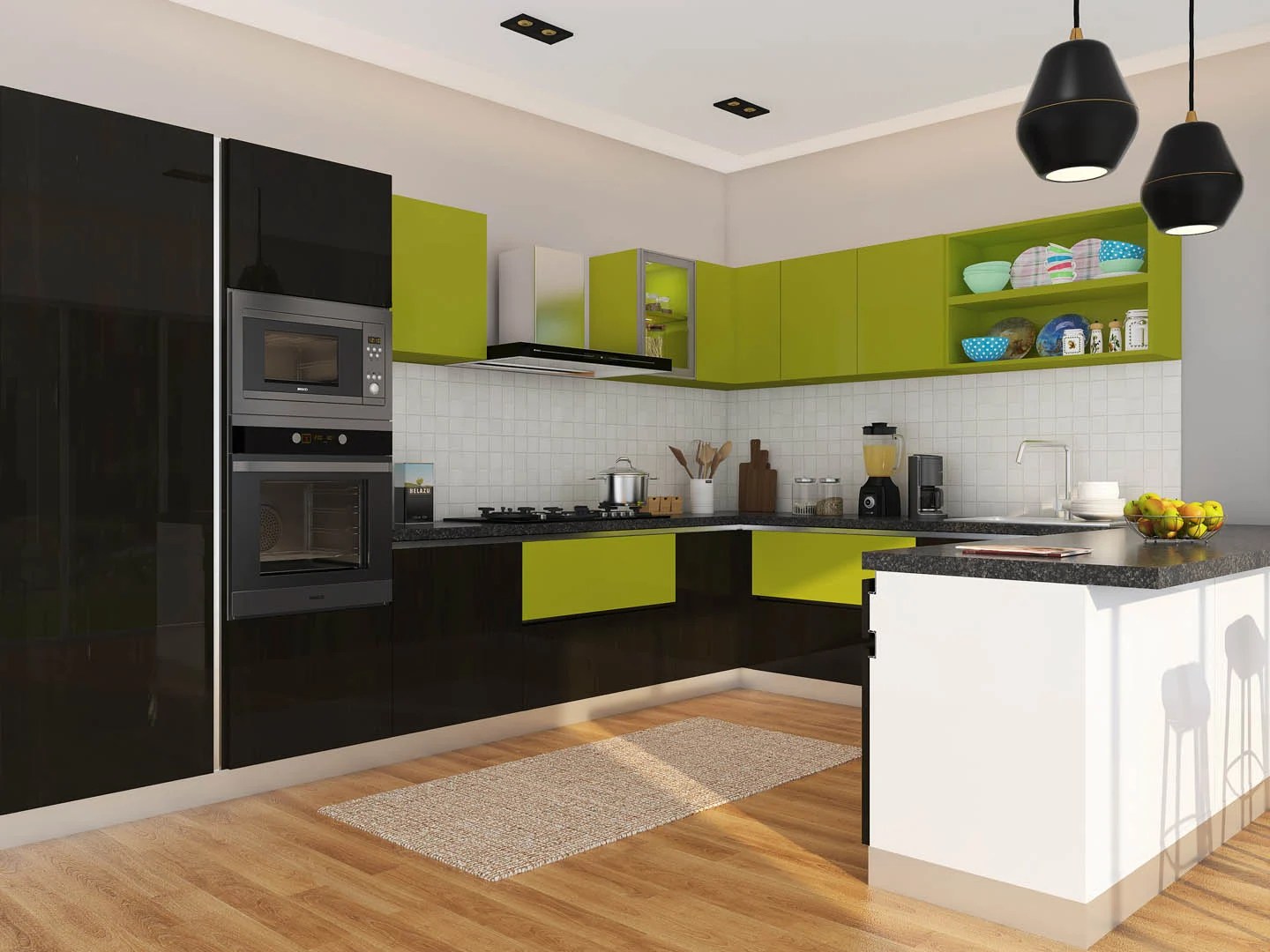Identify your client successfully and then identify their requirements, this will lead you to a successful design.
This a principle we follow when it comes to interior design in general. It becomes especially important when it comes to designing a bed room interior for your child/children.


The main mistake that designers make is not talking extensively enough to the children, and their requirements and preferences. A lot of designers choose to listen only to the parents, who tend to be the main clients, who also are the ones investing the money in the house, and of course, you will receive invaluable input from the parents, given that nobody knows the child better.
But a key part of residential interior design is creating a bond with the child so that you, as a designer, can create a space that will work in the long term. If you think about what is classified as a child, you’re looking at the broad category of anyone between 0-18 years of age.
These are formative years in the life of a human being and creating a safe space for them to express themselves is extremely important. This period of a human being’s life is particularly fluid and personal preferences are prone to fluctuation.
This is where an interior designer plays a crucial role. It is upto you to create a safe space for this young human being to learn, adapt and grow into whoever they want to be. Here are the top things to keep in mind while designing a child’s bedroom:
- Ergonomics is key, but when we look at ergonomics for a children’s room, we need versatile ergonomics or changeable or dynamic pieces of furniture and products that can stay relevant for longer periods of time.
- Personalization, personality can change almost daily for a child, as designers, it is upto us to give them as much fluidity as possible. This is done by giving them customisable elements like soft boards, scribble walls, etc.
- Allow space for movement, chaos and most importantly, stimulation. Children should have the ability to move around without the fear of being able to damage their space, so here durability over aesthetics always.
- Safety comes first, and storage is a close second. Most children tend to accumulate a large need for storage as they outgrow more of their things. Ideally, to make a parent’s life easier, a good kid’s room can accomodate the belongings of the child as they grow.
- Avoid trends, keep it as timeless as possible. It goes without saying that often people like to give their children themed rooms based on what the child prefers in this moment. But as we have discussed, fluidity is key. Keep it timeless but infuse as much whimsy and sense of humor as you can!






